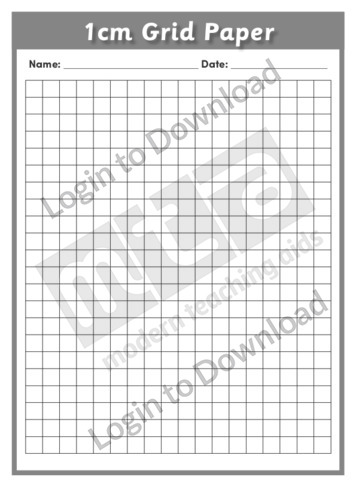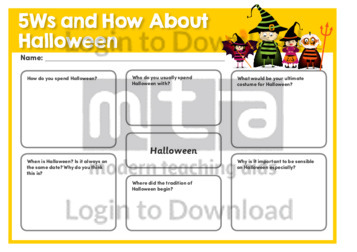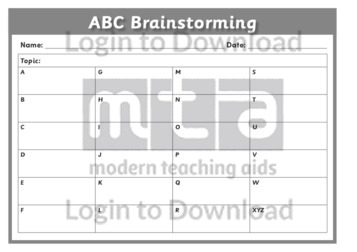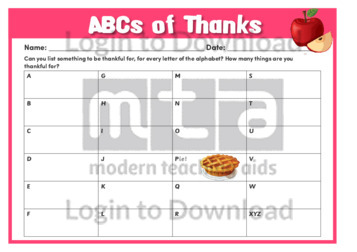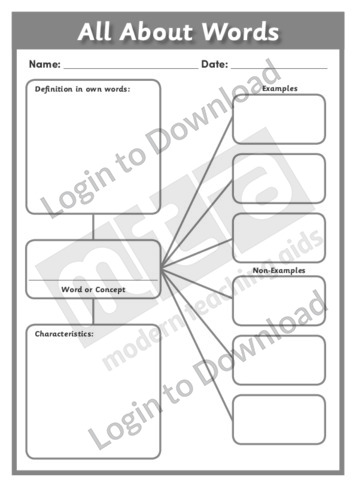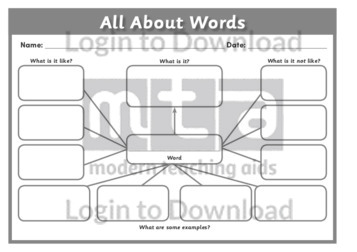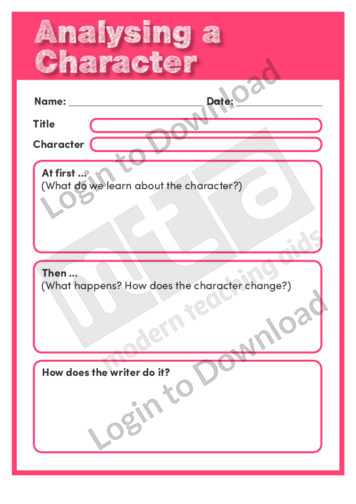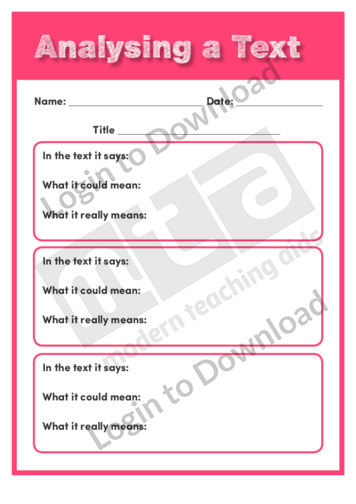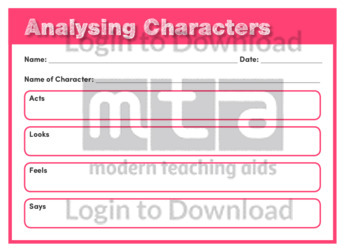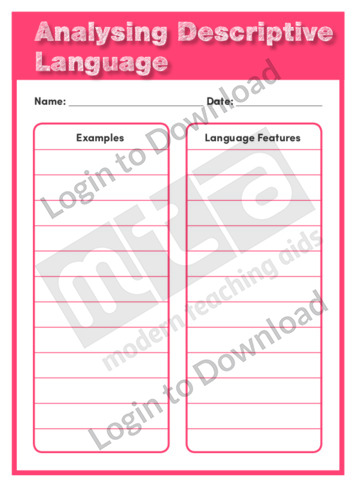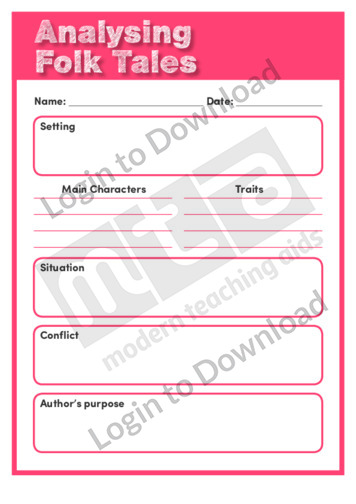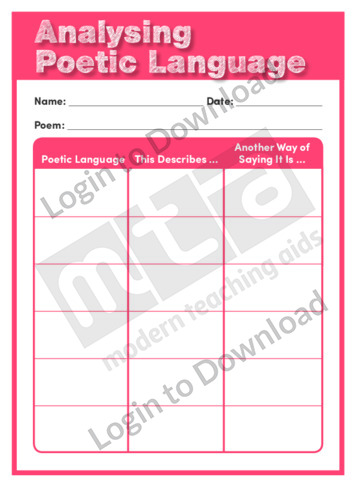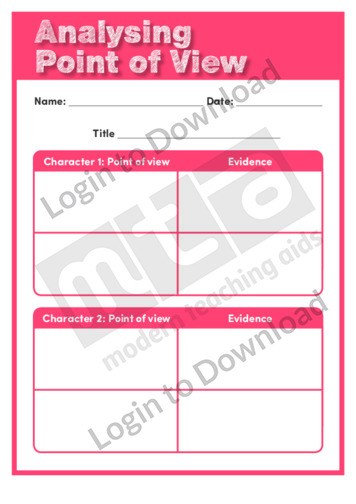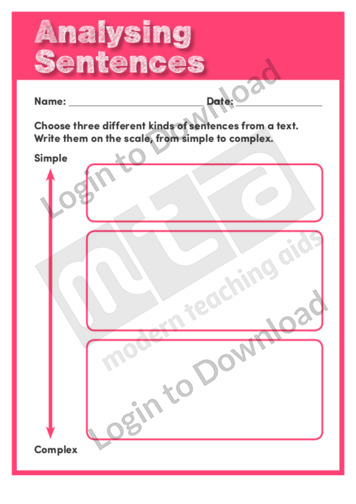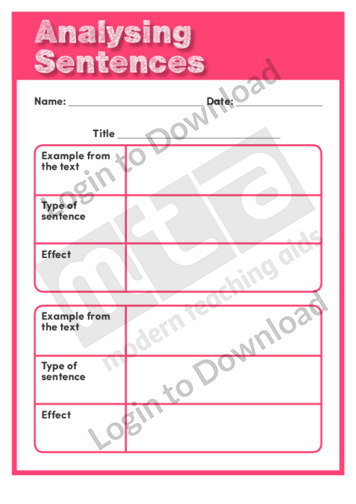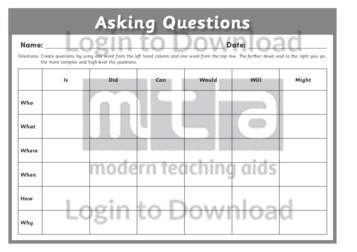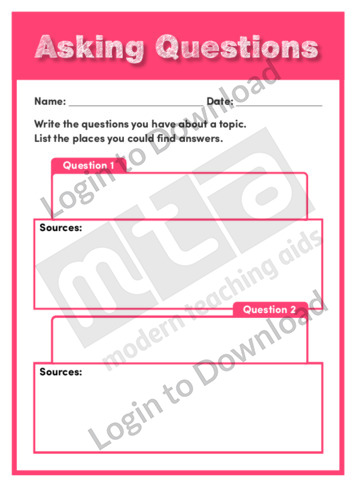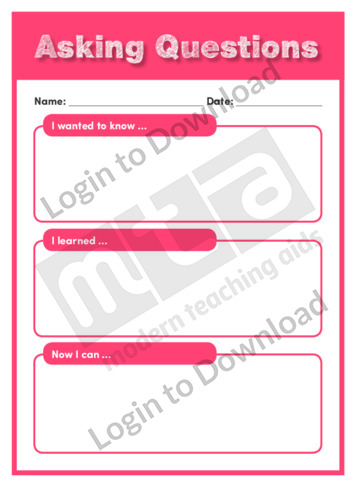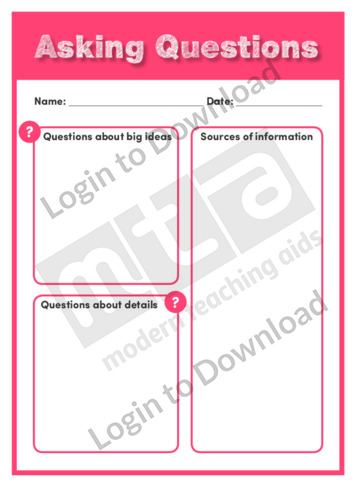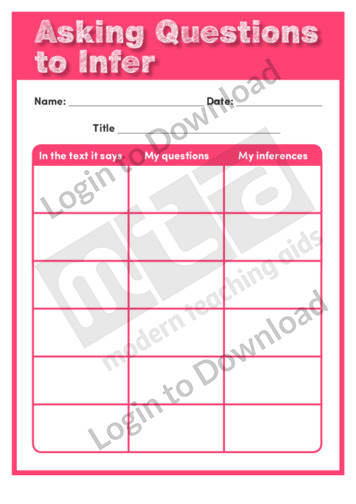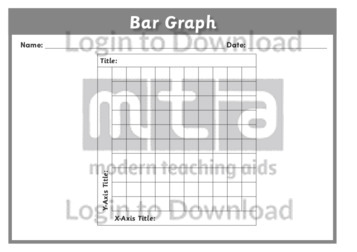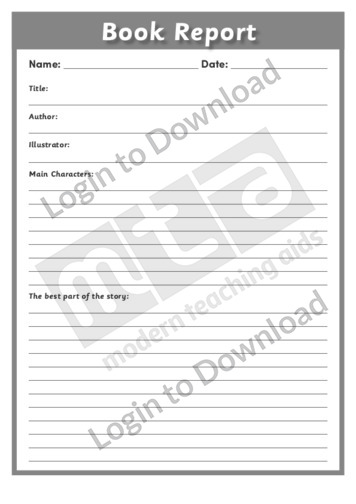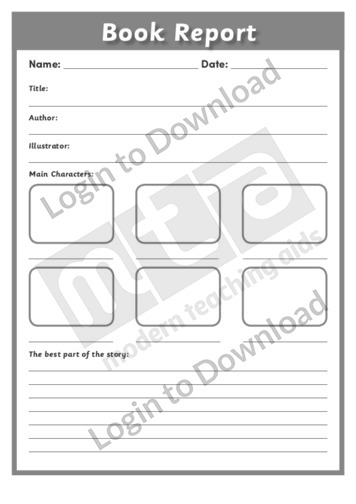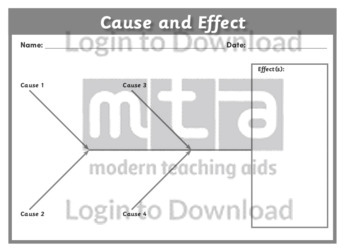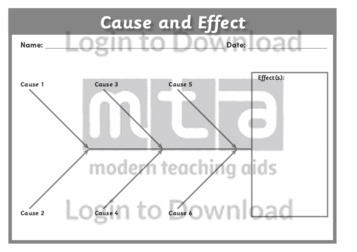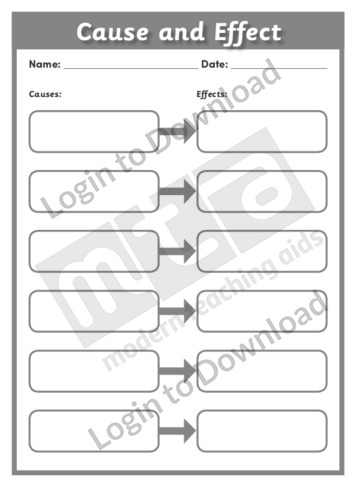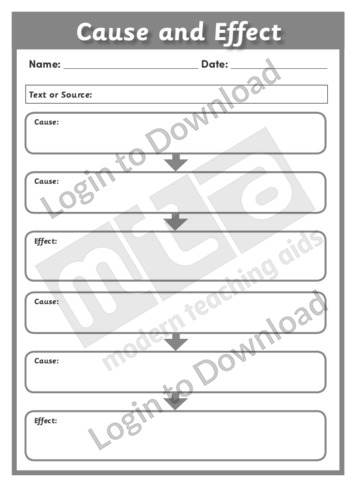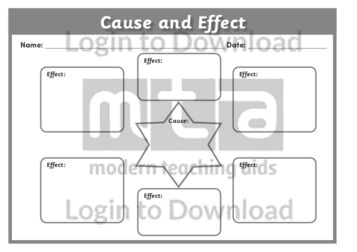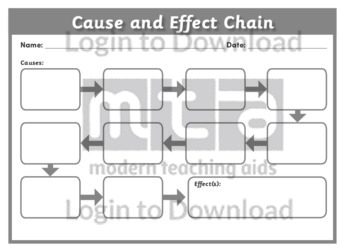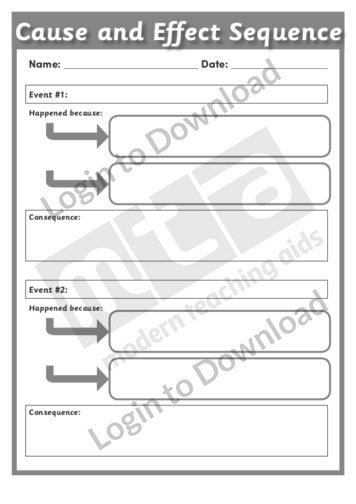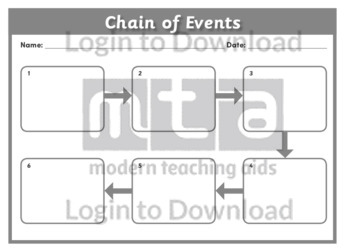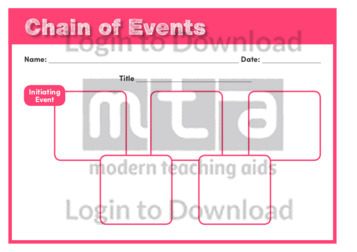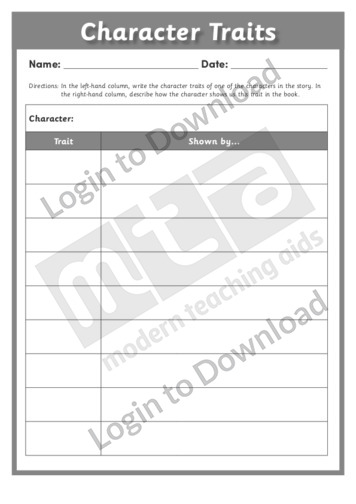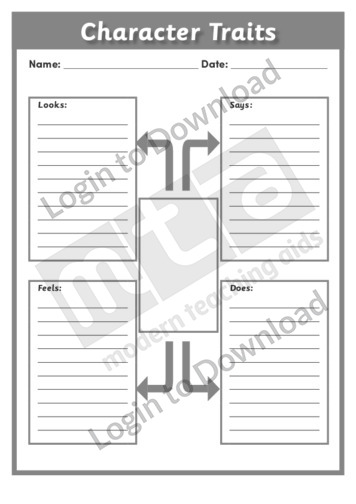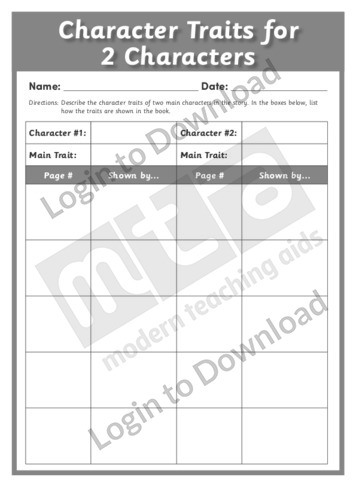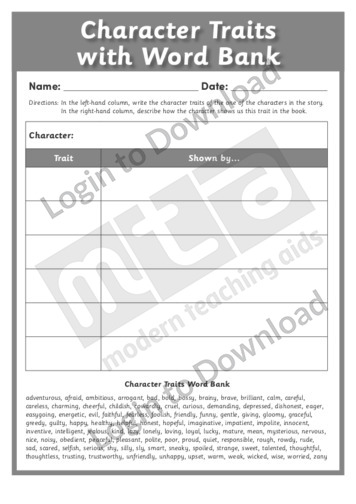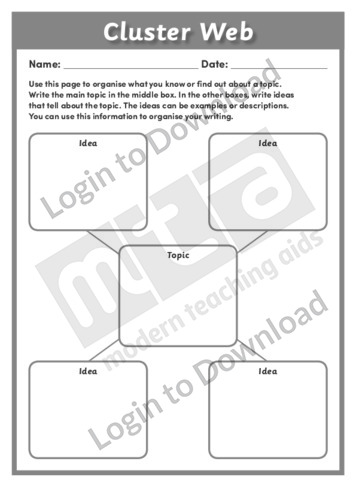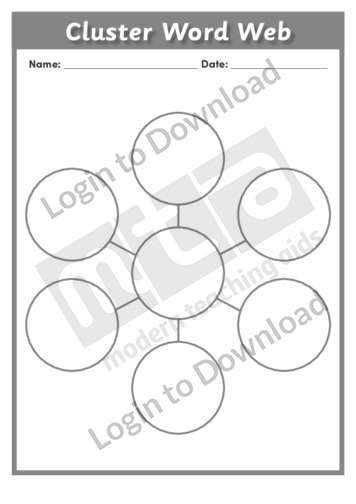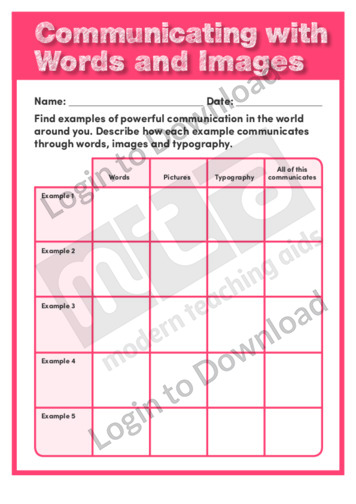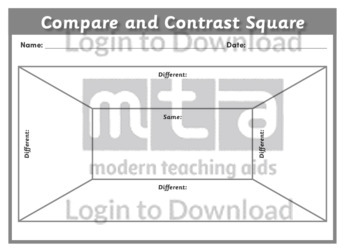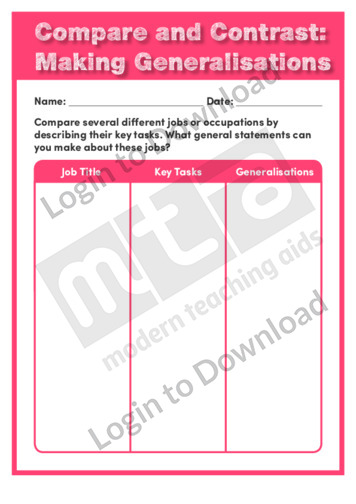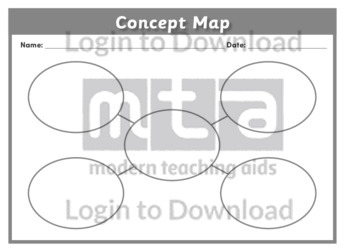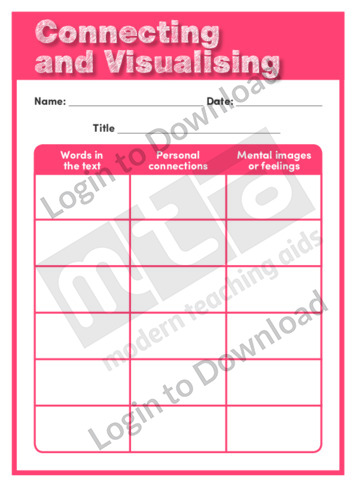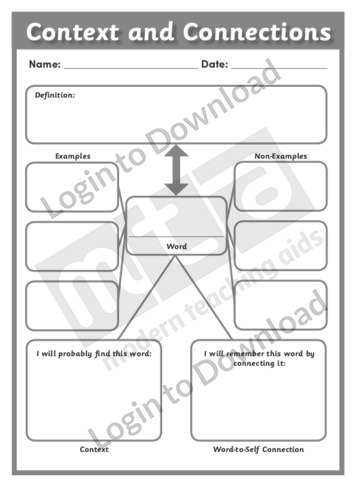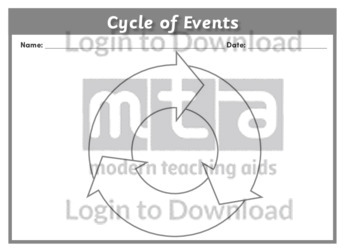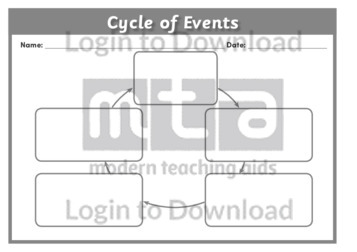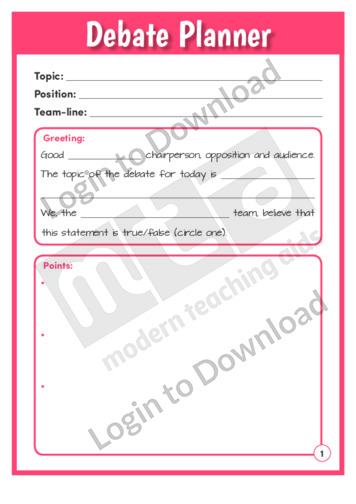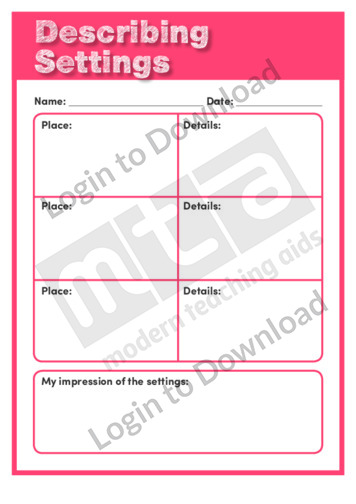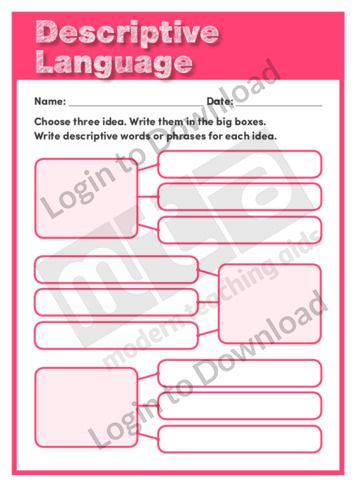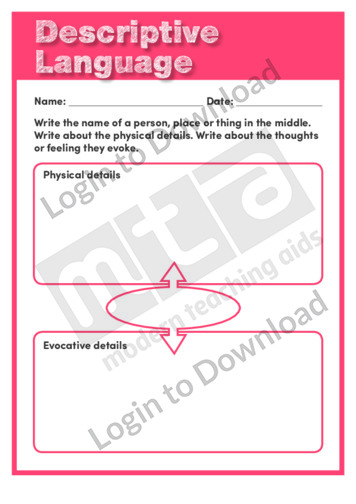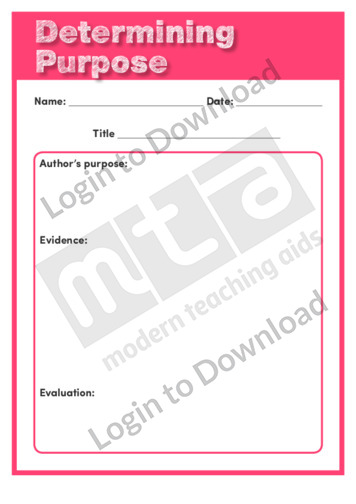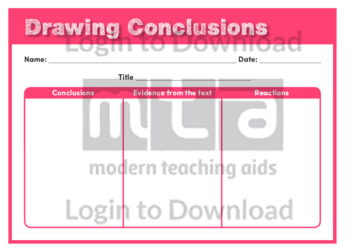This graphic organiser, ‘1cm Grid Paper’ is a great addition to any resource collection. The printable graph paper provides students with a grid of 1cm squares that can be used across learning areas and age ranges.
This graphical organiser, ‘5Ws and How About Halloween’ provides a structured diagram that helps students identify the who, what, when, where, why and how of their own Halloween traditions. It is a great visual graphic that can be used to generate class discussion.
This graphic organiser, ‘ABC Brainstorming’ provides an alphabet grid that students can use to develop their vocabulary. Use this organiser before, during or after an activity or unit to brainstorm words and concepts starting with different letters of the alphabet. It can also be utilized during individual, pair or whole class tasks, especially whilst developing …More
This graphical organiser, ‘ABCs of Thanksgiving’ provides an alphabet grid that students can use to develop their vocabulary and brainstorm different reasons to be thankful. This is a fun and simple resource that can be used to prompt thoughts about being grateful and the concept of appreciation during Thanksgiving.
This graphic organiser, ‘All About Words’ provides a graphical mind map that students can use to organise information and understand the meaning of new vocabulary. The resource prompts students to identify the new word, describe it using examples and non-examples, describe its characteristics and then create their own definition. It can be used when exploring …More
This graphic organiser, ‘All About Words’ provides a graphical mind map that students can use to organise information and understand the meaning of new vocabulary. The resource prompts students to identify the new word, give examples of what it is like, give examples of what it is not like, describe it using examples and then …More
This graphic organiser, ‘Analysing a Character’ supports the teaching of comprehension and reading strategies by prompting students to explore how and why a character changes over time in a story.
This graphic organiser, ‘Analysing a Text’ supports the teaching of reading and writing by prompting students to explore a range of meanings as they read or write.
This graphic organiser, ‘Analysing Characters’ supports the teaching of reading and writing by prompting students to explore how and why a character behaves in a story.
This graphic organiser, ‘Analysing Descriptive Language’ supports the teaching of reading and writing by prompting students to record descriptive details as they read or write.
This graphic organiser, ‘Analysing Folk Tales’ supports the teaching of reading and writing by giving students a template for identifying the features of folk takes.
This graphic organiser, ‘Analysing Poetic Language’ supports the teaching of reading and writing by prompting students to explore different ways of expressing meaning as they read or write.
This graphic organiser, ‘Analysing Point of View’ supports the teaching of comprehension and reading strategies by prompting students to explore the points of view of characters in a story.
This graphic organiser, ‘Analysing Sentences’ supports the teaching of reading by prompting students to explore a range of sentence structures.
This graphic organiser, ‘Analysing Sentences’ supports the teaching of reading by prompting students to explore a range of sentence structures.
This graphic organiser, ‘Asking Questions’ prompts students to create questions using one word from the left column and one word from the top row. It is a great resource that assists students in creating progressively more complex, higher-order questions when analysing texts. It can also be used by teachers to develop questions that are targeted …More
This graphic organiser, ‘Asking Questions’ supports the teaching of comprehension and reading strategies by prompting students to ask and record their questions as they read.
This graphic organiser, ‘Asking Questions’ supports the teaching of reading and writing by giving students a template for recording their questions about a topics as they read or plan for writing.
This graphic organiser, ‘Asking Questions’ supports the teaching of comprehension and research skills by prompting students to ask questions based on what they want to know.
This graphic organiser, ‘Asking Questions’ supports the teaching of reading and writing skills by providing students with a template for asking questions and locating information.
This graphic organiser, ‘Asking Questions to Infer’ supports the teaching of comprehension and reading strategies by prompting students to record questions and infer meaning as they read.
This graphic organiser, ‘Bar Graph’ is a blank grid with prompts to label both axis and the title. Bar graphs are an easy way to visualise different amounts between categories. Using this resource can assist students in graphically representing relative sizes and is also a great tool to demonstrate how bar graphs should be set-out.
This graphic organiser, ‘Book Report’ guides students through the process of writing a report on a fictional or non-fictional book. Book reports can be challenging as they require students to use higher-order thinking skills whilst critically evaluating the text. Using this resources will prompt students to correctly structure their report when organising and planning ideas …More
This graphic organiser, ‘Book Report’ guides students through the process of writing a report on a fictional or non-fictional book. Book reports can be challenging as they require students to use higher-order thinking skills whilst critically evaluating the text. Using this resources will prompt students to correctly structure their report when organising and planning ideas …More
This graphic organiser, ‘Cause and Effect’ supports the teaching of reading and writing in science by prompting students to identify the causes and their effects as they read and write.
This graphic organiser, ‘Cause and Effect’ combines brainstorming and mind mapping skills to build an understanding of the relationship between four different causes and their effect(s). It helps students to visualise all possible connections instead of simply focusing on the obvious and can be used as a pre-writing task to logically organise ideas.
This graphic organiser, ‘Cause and Effect’ combines brainstorming and mind mapping skills to build an understanding of the relationship between six different causes and their effect(s). It helps students to visualise all possible connections instead of simply focusing on the obvious and can be used as a pre-writing task to logically organise ideas.
This graphic organiser, ‘Cause and Effect’ combines brainstorming and mind mapping skills to build an understanding of the relationship between six different causes and their effect(s). It helps students to visualise all possible connections instead of simply focusing on the obvious and can be used to logically organise ideas during a post-reading, comprehension task.
This graphic organiser, ‘Cause and Effect’ combines brainstorming and mind mapping skills to build an understanding of the relationship between three different causes and their effect(s). It helps students to visualise all possible connections instead of simply focusing on the obvious and can be used to logically organise ideas during a post-reading, comprehension task.
This graphic organiser, ‘Cause and Effect’ combines brainstorming and mind mapping skills to build an understanding of the relationship between six different causes and their effect(s). It helps students to visualise all possible connections instead of simply focusing on the obvious and can be used to logically organise ideas during a post-reading, comprehension task.
This graphic organiser, ‘Cause and Effect Chain’ combines skills in brainstorming and mind mapping to visually represent the relationship between a chain of events and subsequent consequences. It can be used as a pre-writing task, to logically organise ideas, or a post-reading comprehension activity.
This content area reading learning activity, ‘Cause and Effect Puzzle,’ helps students understand the relationship between cause and effect. It has students match causes and effects written on puzzle pieces in order to put the puzzle together.
This graphic organiser, ‘Cause and Effect Sequence’ assists students to graphically organise the relationship between an event, its causes and resulting consequences. It can be used as a post-reading comprehension activity to prompt the use of higher-order, critical thinking skills.
This graphic organiser, ‘Chain of Events’ combines skills in brainstorming and mind mapping to visually represent the relationship between sequential events. It can be used as a pre-writing task, to logically organise ideas, or a post-reading comprehension activity.
This graphic organiser, ‘Chain of Events’ supports the teaching of reading and writing in science by prompting students to identify the order of events as they read and write.
This graphic organiser, ‘Character Traits’ provides students with the opportunity to explore specific qualities of a fictional or non-fictional character, and explain how these traits are shown through the text. This table can be used during post-reading, whole class discussions or individually as a comprehension activity that encourages critical reflection and justification of opinions.
This graphic organiser, ‘Character Traits’ provides students with the opportunity to mind map and brainstorm specific character qualities including their appearance, speech, feelings and actions. Use this during post-reading, whole class discussions as a comprehension activity or when individually organising ideas to be used when writing about characters in creative stories.
This graphic organiser, ‘Character Traits for 2 Characters’ provides students with the opportunity to explore specific qualities of two fictional or non-fictional characters, and explain how their traits are shown through the text. This table can be used during post-reading, whole class discussions or individually as a comprehension activity that encourages critical reflection and justification …More
This graphic organiser, ‘Character Traits with Word Bank ‘ provides students with the opportunity to explore specific qualities of a fictional or non-fictional character, and explain how these traits are shown through the text. This table can be used during post-reading, whole class discussions or individually as a comprehension activity that encourages critical reflection and …More
This graphic organiser, ‘Cluster Web’ helps students to organise what they know or find out about a topic. It encourages students to think about the main topic and its supporting ideas.
This graphic organiser, ‘Cluster Word Web’ provides a blank web that students can use to organise information and understand the relationship between ideas. Use this resource in any learning area as a great pre-writing activity to brainstorm ideas as a whole class, individually or in groups. It can also be used to visually classify information …More
This graphic organiser, ‘Communicating with Words and Images’ supports the teaching of reading graphic texts by giving students a template for recording the features and impact of texts.
This graphic organiser, ‘Compare and Contrast Characters’ provides a blank mind map to assist students in organising the similarities and differences between character traits. Having students evaluate and analyse characters and then organise these ideas visually, provides a scaffold for all students to engage with higher-order thinking skills. It can be used as a whole …More
This graphic organiser, ‘Compare and Contrast Square’ provides a blank, square diagram to assist students in organising the similarities and differences between ideas. Having students evaluate and analyse concepts and then organise these ideas visually, provides a scaffold for all students to engage with higher-order thinking skills. It can be used as a whole class …More
This graphic organiser, ‘Compare and Contrast Triangle’ provides a blank, triangular diagram to assist students in organising the similarities and differences between ideas. Having students evaluate and analyse concepts and then organise these ideas visually, provides a scaffold for all students to engage with higher-order thinking skills. It can be used as a whole class …More
This graphic organiser, ‘Compare and Contrast: Making Generalisations’ supports the teaching of comprehension, reading strategies and the writing process by providing a template students can use to record information and thinking.
This graphic organiser, ‘Concept Map’ provides a blank web that students can use to organise information and understand the relationship between ideas. Use this resource in any learning area as an effective pre-writing task to brainstorm ideas as a whole class, individually, or in groups. It can also be used to visually classify information whilst …More
This graphic organiser, ‘Connecting and Visualising’ supports the teaching of comprehension and reading strategies by asking students to record their personal connections to texts and the mental images they form as they read.
This graphic organiser, ‘Contexts and Connections’ provides a graphical mind map that students can use to organise information and understand the meaning of new vocabulary. The resource prompts students to identify the new word, describe it using examples and non-examples and then create or find the definition. It also encourages students to make connections to …More
This graphic organiser, ‘Cycle of Events’ is a great scaffold for students in understanding how a series of 3 events are linked continuously throughout a cycle. This process is important when examining concepts such as the water cycle or life cycles of animals where there is no beginning or end. Through using this diagram students …More
This graphic organiser, ‘Cycle of Events’ is a great scaffold for students in understanding how a series of 4 events are linked continuously throughout a cycle. This process is important when examining concepts such as the water cycle or life cycles of animals where there is no beginning or end. Through using this diagram students …More
This graphic organiser, ‘Cycle of Events’ is a great scaffold for students in understanding how a series of 5 events are linked continuously throughout a cycle. This process is important when examining concepts such as the water cycle or life cycles of animals where there is no beginning or end. Through using this diagram students …More
This graphic organiser, ‘Cycle of Events’ is a great scaffold for students in understanding how a series of 5 events are linked continuously throughout a cycle. This process is important when examining concepts such as the water cycle or life cycles of animals where there is no beginning or end. Through using this diagram students …More
This graphic organiser, ‘Debate Planner’ is a great resource to facilitate analytical thinking. Using this planner encourages students to work cooperatively, brainstorm ideas, develop vocabulary and read to support an opinion whilst identifying only the most relevant ideas. Planning the argument is an important aspect of debating and this graphic organiser provides a simple template …More
This graphic organiser, ‘Describing a Character’ supports the teaching of reading and writing by asking students to record details about characters as they read or plan to write.
This graphic organiser, ‘Describing Settings’ supports the teaching of reading and writing by asking students to record details about settings as they read or plan to write.
This graphic organiser, ‘Descriptive Language’ supports the teaching of reading and writing by prompting students to record descriptive details as they read or write.
This graphic organiser, ‘Descriptive Language’ supports the teaching of reading and writing by prompting students to record descriptive details as they read or write.
This graphic organiser, ‘Determining Purpose’ supports the teaching of reading strategies by giving students a template for finding evidence of an author’s purpose.
This graphic organiser, ‘Drawing Conclusions’ supports the teaching of comprehension and reading strategies by asking students to use evidence in the text to draw conclusions as they read.
It�s that easy!

